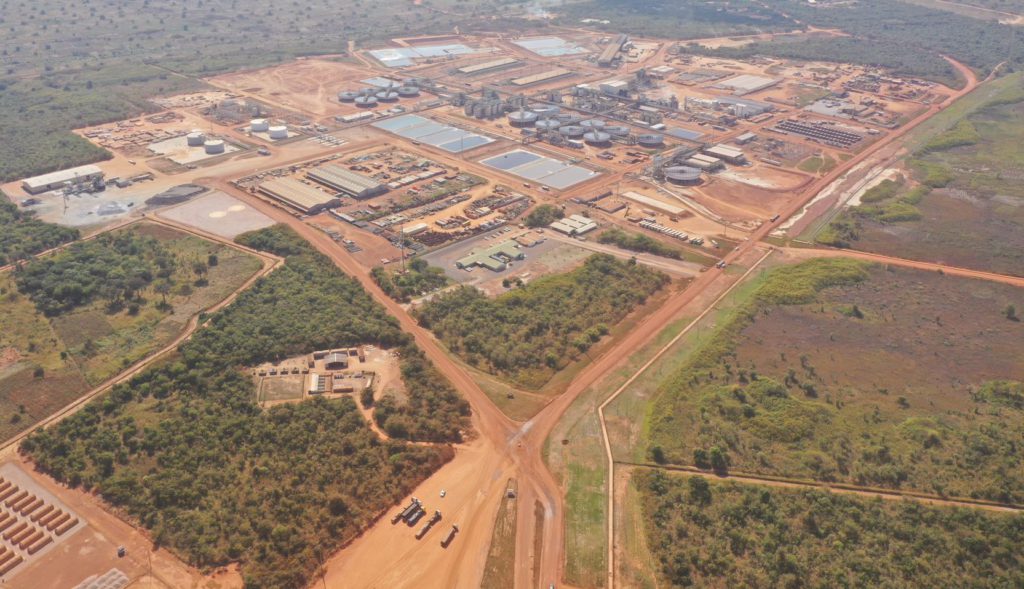Multi-stakeholder collaboration needed to rise to meet the battery metal boom


For investors and companies involved in the extraction industries, it has been impossible to ignore the meteoric rise of battery materials in recent years. Over the course of 2021, cobalt prices more than doubled, rising by 119%, lithium prices surged almost 400% and copper prices also reached all-time highs.
A significant driver of these price movements is the energy transition, which represents the biggest purchase order in history for the mining industry. In particular, the demand for electric vehicles, which already smashed expectations last year, is skyrocketing, with sales more than doubling between 2020 and 2021 to reach 6.6 million vehicles. The share of EVs in new automotive sales in key markets such as the U.S. or India could exceed 50% by 2030, above most analysts’ expectations of around 30%. As a result, the strategic focus of companies in this space is rapidly shifting in response to the challenges and opportunities associated with this demand, and there are several common trends emerging on the back of this.
One of the first questions is, where are we going to get all the raw material that is needed to satiate demand? There are two main options: extract it from the ground or draw on the existing pool of material currently in circulation. Looking specifically at cobalt and copper, both markets are currently in a state of pronounced deficit, which has persisted since the second half of 2020 amid the stimulus-fuelled recovery from the coronavirus crisis. Logistical bottlenecks have hugely amplified the effect of the supply-demand deficits. Even if the supply-demand fundamentals balance, if the current logistical headwinds prevail, they will prevent material from getting to customers in a timely manner, making the market feel tighter for longer and supporting prices.
There is no question that the number of new cobalt, copper and other battery material mining projects will rise in the coming years, particularly given that many resource-rich regions, such as Africa, are currently underexplored. At Eurasian Resources Group (ERG), we have already ramped up our Metalkol RTR production facility in the Democratic Republic of the Congo (DRC), a tailings reprocessing operation which is now the world’s second largest standalone cobalt producer and a major copper producer.
However, the catch to new projects is that they generally entail a long lead time of up to 12 years to develop, meaning that supply cannot immediately respond to large spikes in demand. This being the case, recycling will play an ever-growing role in balancing the market and prices. At the moment, only 5% of lithium-ion batteries are recycled, meaning that recycling has great potential in helping meet demand for materials like cobalt, if the regulatory environment, technology and industry members can facilitate it. In fact, high-performance recycling of EV batteries could supply around 10% of battery materials and could account for approximately $10 billion based on current values. Multi-stakeholder collaboration must play a major role in realizing this potential, with improvements needed in many areas including collection processes, policy alignment and processing technology.
Comments